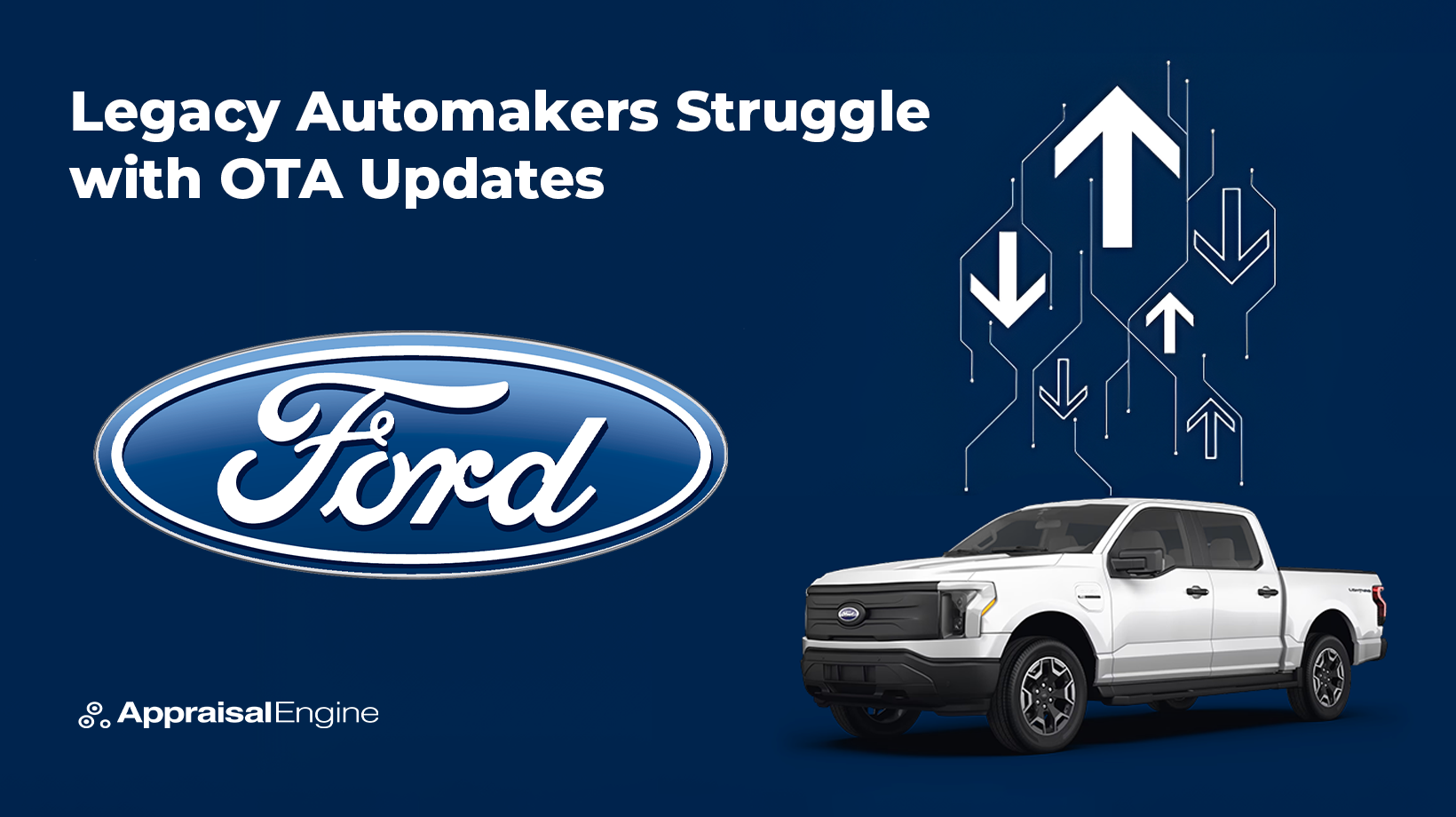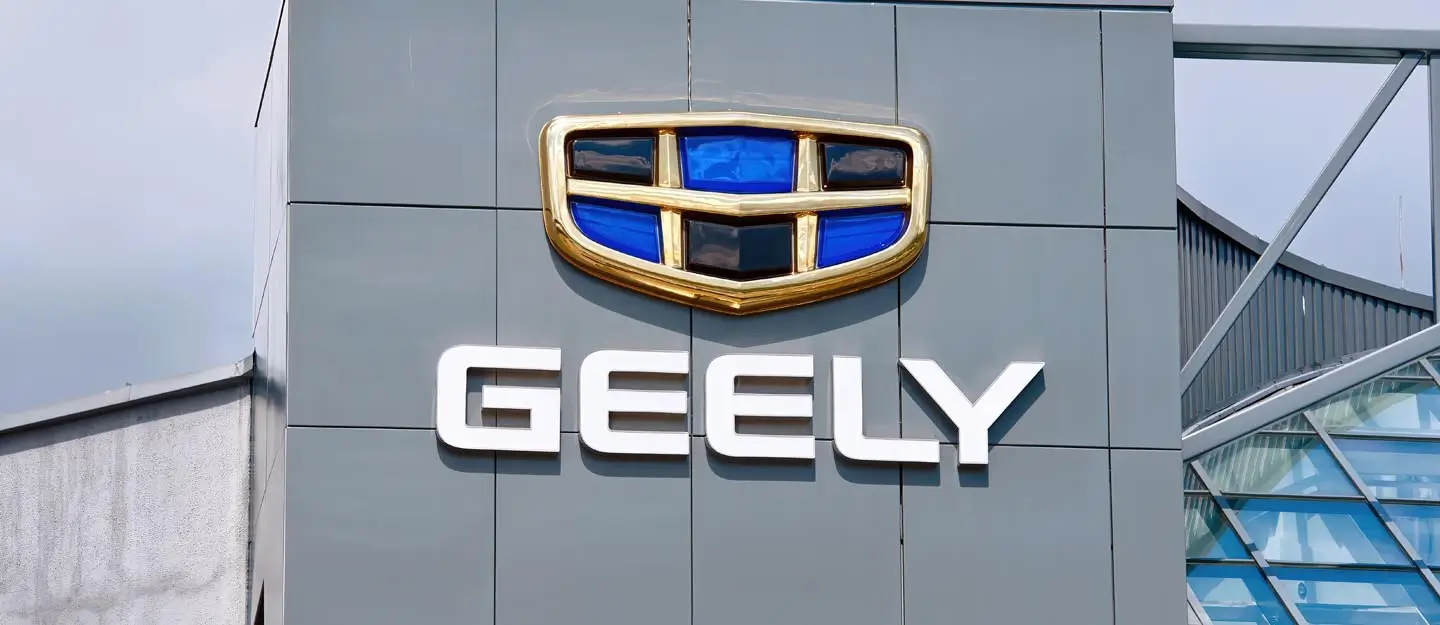Embracing Change: Legacy Automakers’ OTA Update Hurdles (PDF)
In the fast-paced field of automotive innovation, Tesla stands as a trendsetter, pioneering over-the-air (OTA) software updates that effortlessly infuse new features and resolve issues. Yet, legacy automakers have fallen behind in adopting this groundbreaking technology, and Ford CEO Jim Farley offers us a glimpse into the intriguing reasons behind this phenomenon.
Ford, a titan in the automotive industry, has long held a unique approach to cost-saving strategies. By outsourcing the development of vehicle control modules to suppliers like Bosch, the company has managed to achieve substantial savings of approximately $500 per vehicle produced. However, this innovative tactic has inadvertently created a mazelike challenge when it comes to integrating OTA updates.
In a recent episode of the Fully Charged Show podcast, Farley revealed that the web of suppliers doesn’t foster seamless communication. Despite the familiar “Ford” emblem on the exterior, the reality is that obtaining permission from suppliers like Bosch becomes essential when attempting to modify software that commands intricate functions, ranging from engine performance to seat adjustments. The complex tapestry of suppliers, numbering around 150, culminates in a dilemma: managing vehicle software becomes a formidable endeavor.

What measures are applicable?
To combat this predicament, Ford has embarked on a transformative journey. By embracing a paradigm shift towards in-sourcing its next-generation electrical architecture and boosting its in-house software development efforts, the automaker aims to transcend the limitations of its previous approach. However, this transition is not without its own set of obstacles.
As Farley aptly points out, the contrast between engineers accustomed to the intricacies of traditional internal combustion vehicles and those versed in cutting-edge software development poses a complex challenge. The symbiotic relationship between hardware and software expertise is pivotal, especially in the realm of safety-critical automotive systems. This challenge played a crucial role in Ford’s strategic decision to split its operations into distinct EV and non-EV passenger-car units in 2022.
Ford’s foray into the world of OTA updates became prominently visible with the advent of the Mustang Mach-E electric crossover. Demonstrating its commitment to embracing innovation, Ford leveraged OTA capabilities to enhance user experiences, introducing features such as advanced Amazon Alexa voice controls. Furthermore, Ford extended its dedication to customer satisfaction by enabling the BlueCruise driver-assist system through an OTA update post-purchase, a gesture of convenience that echoes the brand’s vision.
Unleashing the Power of OTA
While Ford’s efforts undoubtedly mark significant strides in OTA adoption, the narrative isn’t complete without acknowledging the nimble achievements of other automakers. Tesla, the embodiment of cutting-edge ingenuity, has effectively eliminated the need for numerous recalls by seamlessly uploading new software. Meanwhile, Lucid showcased its prowess by leveraging software to target and resolve specific issues, thus minimizing the scale of recalls. Legacy automaker Jaguar redefined possibilities by addressing critical concerns through an OTA update focused on battery energy control module software.
In the ever-evolving landscape of automotive technology, OTA updates stand as a beacon of transformation. As legacy automakers like Ford grapple with intricacies, a profound shift is underway—a transformation that underscores the indispensability of software expertise in shaping the future of vehicles. Through strategic adaptations, legacy automakers inch closer to realizing the promise of OTA updates, affirming that innovation knows no bounds, and the road ahead is one paved with infinite possibilities.




